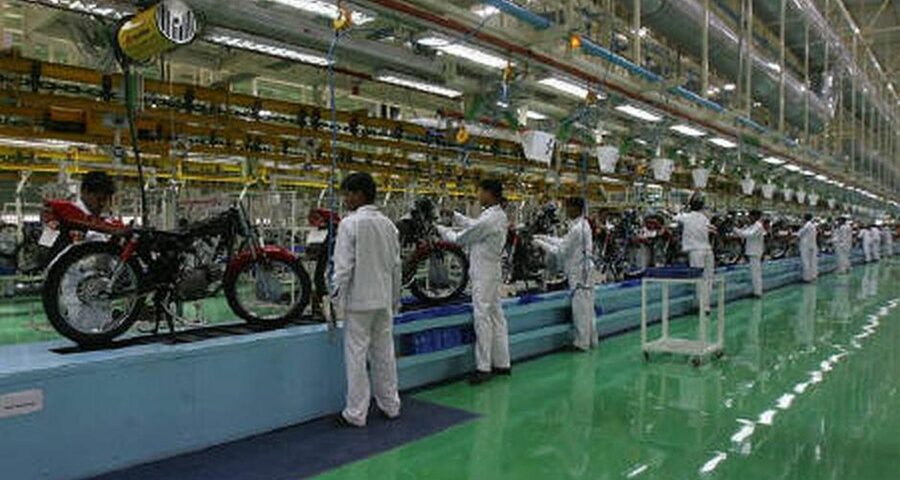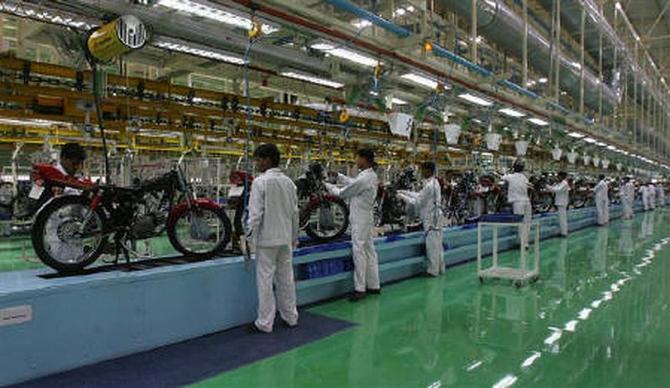The month of February saw a comparatively muted but significant change in the history of Chennai’s corporate landscape.
The $8.5 billion TVS Group received final approval for a family resettlement on February 4 from the National Company Law Tribunal (NCLT).
It is an arrangement that is noteworthy because unlike many other corporate settlements this one was sorted out amicably and without any open conflicts.
The Memorandum of Family Arrangement (MFA) by four branches of the TVS Group — T S Rajam, T S Krishna, T S Srinivasan and T S Santhanam families — is seen as a move to facilitate a smooth succession for the next generation, ensuring that each family group will get complete ownership of the businesses they manage (see chart).
Within two weeks, the NCLT approval was followed by a series of top-level rejigs at various wings of these families. The group, which was a conglomerate of around 60 companies, saw its first company to move for an initial public offering in almost three decades after TVS Electronics in 1994.
TVS Supply Chain Solutions (TVS SCS), the third-largest company (after TVS Motor Company and Sundaram-Clayton) among all the four TVS families with a revenue of Rs 6,950 crore, filed its draft red herring prospectus (DRHP) with the market regulator last week.
It is planning to raise around Rs 5,000 crore — including a fresh issue of Rs 2,000 crore and an offer for sale of up to Rs 3,000 crore.
The other major changes included TVS Sundaram Motors’ move to sell an iconic 21,400,000-sq-ft property with 89 grounds at Anna Salai in Chennai for around Rs 600 crore to the Prestige Group.
Venu Srinivasan also announced plans to step down as chairman of TVS Motor Company, handing over to Ralf Dieter Speth from April 1, a year ahead of the original schedule of 2023. Srinivasan will also be replaced as chairman at Sundaram-Clayton Ltd (SCL) by former Department of Economic Affairs secretary R Gopalan.
SCL owns about 52 per cent of TVS Motors. Meanwhile, IPO-bound TVS SCS also saw a change with fourth-generation scion R Dinesh announcing the appointment of Ravi Viswanathan as its managing director.
So what’s changed structure-wise? Earlier, the shareholdings of the 60-odd companies were concentrated in the three holding companies — T V Sundram Iyengar & Sons Private (TVS & Sons),
Sundaram Industries (SIPL) and Southern Roadways (SRPL). SIPL and SRPL were also the subsidiaries of TVS & Sons, technically making it the consolidated holding company.
At the same time, SIPL and SRPL also had shareholdings in TVS & Sons.
The re-arrangement of this opaque and confusing structure of cross-holdings involved a complex process of first merging SIPL and SRPL into TVS & Sons followed by demerger of each business into the respective family holding companies was signed in December 2020 and came into effect with the NCLT nod.
This has resulted in the formation of at least nine new holding companies: the Rajam Family Group, Santhanam Family Group, Ramesh Krishna Family Group, Suresh Krishna Family Group, Mahesh Krishna Family Group, TK Balaji Family Group, Venu Srinivasan Family Group, Gopal Srinivasan Family Group and Sundaram Climate Group.
All the family groups together will still be holding around 0.01 to 0.25 per cent in other family’s holding companies with ordinary shareholders’ rights.
The present shareholders consist of third- and fourth-generations of the original holding families.
In a filing with one of the regulators, the group said that starting from 1975 the family saw some conflict situations emerge, leading to legal proceedings.
“The fourth generation is in the process of taking charge.
“As successive generations of TVS family are less familiar with one another, the probability of potential and open conflict has increased,” one of the filings said, explaining why the third generation wanted a smooth transition.
According to sources, though each of the families were handling their respective businesses, its members felt that the ownership of shares in various companies should align and synchronise with the management of the respective companies and based on this, the family agreement was reached.
Other than the changes in shareholding pattern and top-level rejigs, the new structure is unlikely to affect the business continuation and its stakeholders.
The fine print of the family arrangement was not made public but Ranganathan V, a former E&Y official and an expert in family businesses, said, “The family controlling TVS Motor and Sundaram-Clayton may have to pay a cash value to other families due to the higher market capitalisation of TVS Motor compared to other companies.
“This may be to even out the imbalance in the valuation.” Group sources did not comment on this.
Remarkably, the TVS brand will be shared by all the major families.
“They had no other choice as TVS was an important part of the branding to each of the companies, which they could not have foregone.
“The entire family was pragmatic not to get into a tiff on this issue,” Ranganathan added.
The family agreement also had no royalty or brand usage payments from the operating companies to the TVS Family members or the holding companies.
The TVS Group’s turnover, which was seen at Rs 3,000 crore at the time of liberalisation in 1992-93, grew to around Rs 12,000 crore in 2004-05 and is now at around Rs 63,000 crore.
According to a source, for each of these groups, this restructuring means easier decision-making, especially when it comes to strategies for the future.
Source: Read Full Article


